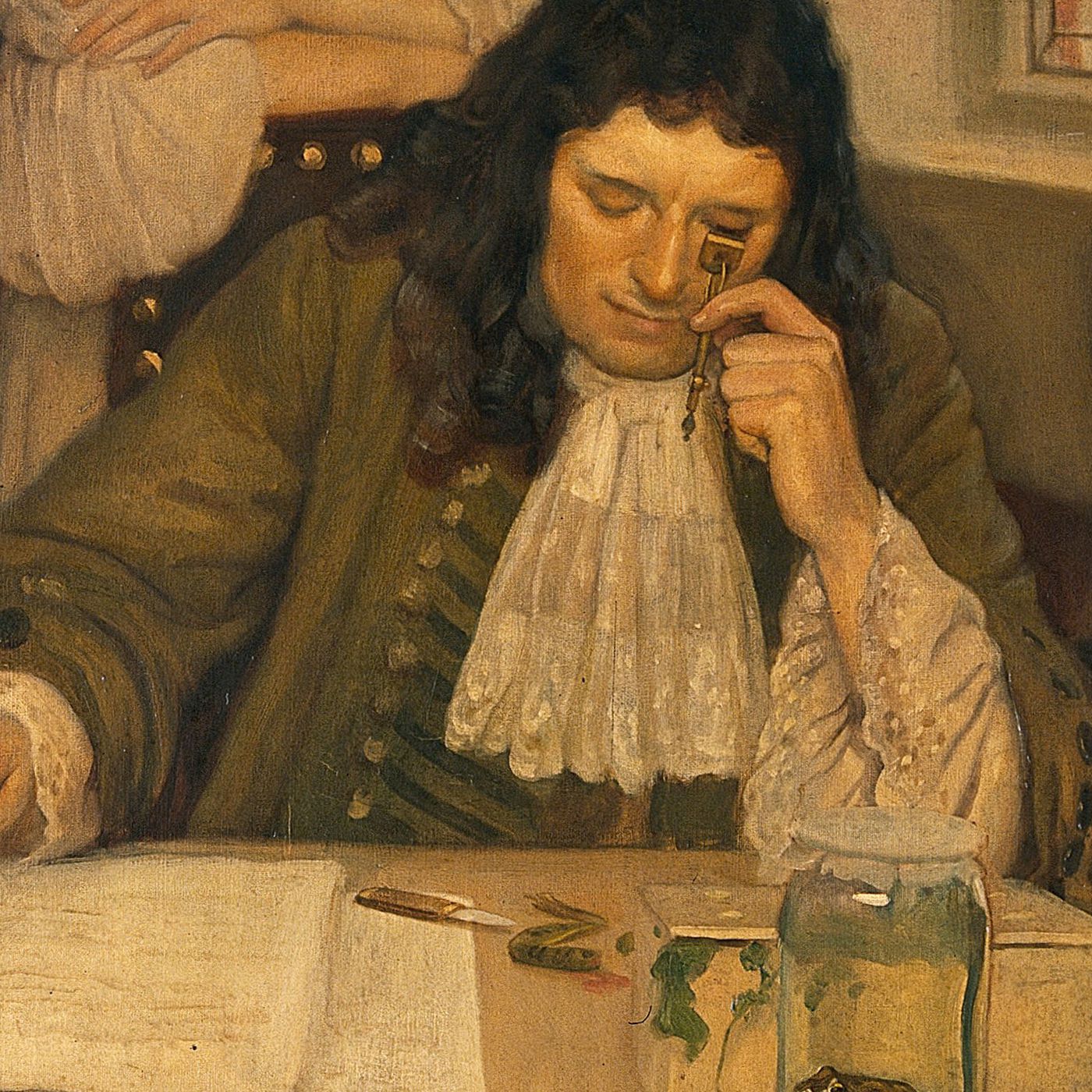Father of microbiology: Who is Leeuwenhoek (Anton van)?
He drew the shapes of single-celled animals in 1674 and bacteria in 1676, using the microscope.

German naturalist. He was born in Delft in 1632. He was engaged in the shoe trade, amateur lens, and microscope repairs. He drew the shapes of single-celled animals in 1674 and bacteria in 1676, using the microscope. He is considered the father of microbiology for his contribution to the sciences of bacteriology and protozoology. Leeuwenhoek was elected an expert to the Royal Society of London in 1680, and his philosophical records record 375 discoveries.
Leeuwenhoek's research was in the fields of biological materials, anatomy, psychology, embryology, botany, and even physics and chemistry. His studies explaining blood cells and capillary circulation are among the classical studies. Red blood cells and semen in the blood, crustaceans living in the sea, lice, ants, etc. He gained notoriety in his studies of animals, demonstrating that the hitherto accepted belief about the occurrence of these animals was false. In 1699 he became a member of the Académie des Sciences in Paris. He died in Delft in 1723.
Although the microscope has been known as a magnifying tool since 1595, it is noteworthy that microorganisms were discovered by Leeuwenhoek eighty years later. Leeuwenhoek's use of the microscope, which had until then only been used to examine inanimate objects, to examine what happens in an ordinary drop of water, is a testament to his attentive and passionate investigative personality.
Leeuwenhoek's studies showing the microorganism-disease relationship are one of the best examples in history of making research a way of life. Leeuwenhoek, who took samples of the white spots on his tongue and examined them under a microscope, the day after he was sick, observed dozens of living things and put forward the idea that the origin of diseases could be microorganisms.
This finding is well ahead of its time. That is to say, 39 years after his death, it was shown by Marc von Plenciz that infectious diseases are of microorganism origin. 112 years after his death, Agostino Bassi proved that silkworm disease is of bacterial origin.
